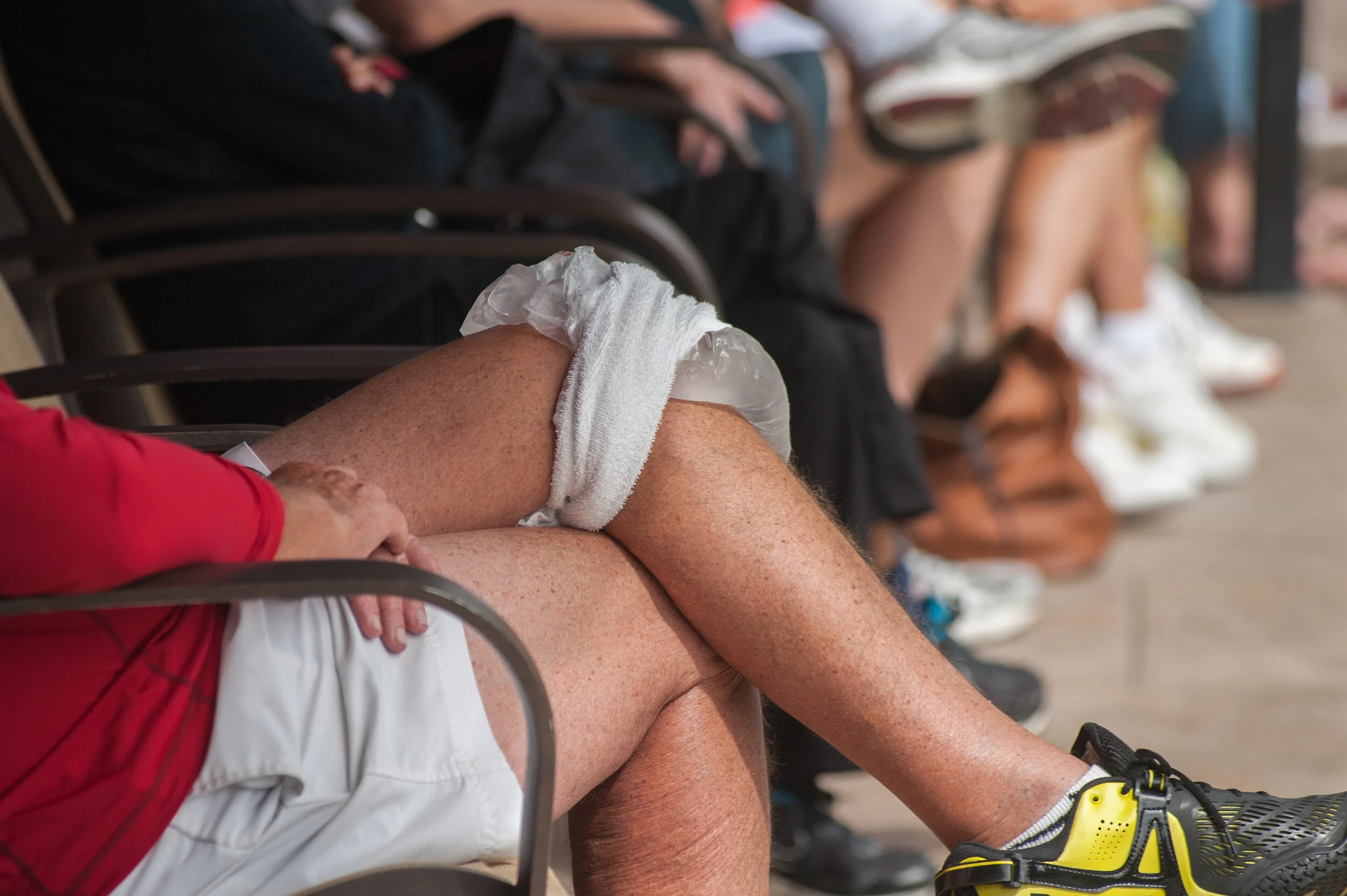Female ACL Tears: 3 Jumping And Landing Risks & Recommendations
Athletes jump, and athletes land. And in certain sports, athletes jump and land and jump and land and just keep on jumping…you get it.
In these types sports, the knee is subject to unique factors that impact the risk of injury. Especially to that vital and infamous ligament, the ACL
Let’s talk about how these risk factors relate to our female athletes (and result in higher rates of ACL injuries) here today.
Different Mechanics, Higher Risk
Studies have indicated that women tend to land with different mechanics than their male counterparts. This has proven to be a factor in the high rate of ACL tears among our female athletes.
When landing, women tend to do three unique things that put them at risk:
Land with straight knees.
Land with a straight foot.
Land with knees "diving in”.
Let’s talk about these anatomical/technical risk factors, and how we can train to avoid them.
Risk Factor: Landing With Straight Knees
Landing with straight knees can lead to a higher rate of ACL tears
Here’s what we know about landing with a straight knee. When it’s combined with a hyper-lax tendency (being loose-jointed), along with females anatomically being a little more knock-kneed than men, you have a recipe for injury.
In fact, in this case, when combined with the next two factors, this is the prime setup for the ACL to just “snap” in certain cases.
Is this “straight-knee” landing risk only applicable to skiing & Snowboarding?
Jumping and Landing Risks Amongst Female Athletes Are Consistent Across Most Sports, Not Just In Skiing & Snowboarding
You probably know that I work closely with the world’s top female skiers, so I’ve got a lot of experience in this department.
But I’ve worked with professional athletes in all sports, and I can tell you with certainty that this straight knee + landing = higher risk for ACL tears is applicable to all women’s sports that involved jumping and landing.
Basketball, volleyball, etc. If there is jumping and landing, this tendency for women to land with straight knees a tendency across all of our “jumping and landing” sports.
Never thought we could say “jumping and landing” so many times in one paragraph. Now let’s talk about the next risk factor.
Risk Factor: Landing Flat-Footed
Landing Flat-Footed Can Impact the Risk of ACL Tears
Another aspect that lends itself to knee injuries (when combined with these other factors) is landing flat-footed. Landing flat footed is also fairly universal across all sports with our female athletes (males tend to land more frequently with bent toes).
When combined with the straight knees, this creates even more pressure upon the knee.
Risk Factor: Knees Diving In
As the athlete is landing, the ideal situation for the knees is for the kneecap to land pointed over the second toe.
Since females are more anatomically “knock-kneed” (valgus), they have a tendency for the knees to “dive in” when they land.
This adds a third layer of risk, which, when combined with landing flat-footed and landing with straight knees, can create a potential recipe for disaster in terms of knee injuries.
Landing Strategies to Avoid ACL Tears
Ok, we’ve talked about some of these risk factors that make female athletes in jumping and landing sports particulary vulnerable to ACL tears.
Now let’s talk about what we can do to mitigate these risks.
Here you go:
Jump and land in a more flexed position
Keep that kneecap over the second toe when you land
So think of LANDING WITH KNEES BENT!
If you can do that, you can help to protect that ACL.
Good luck!









